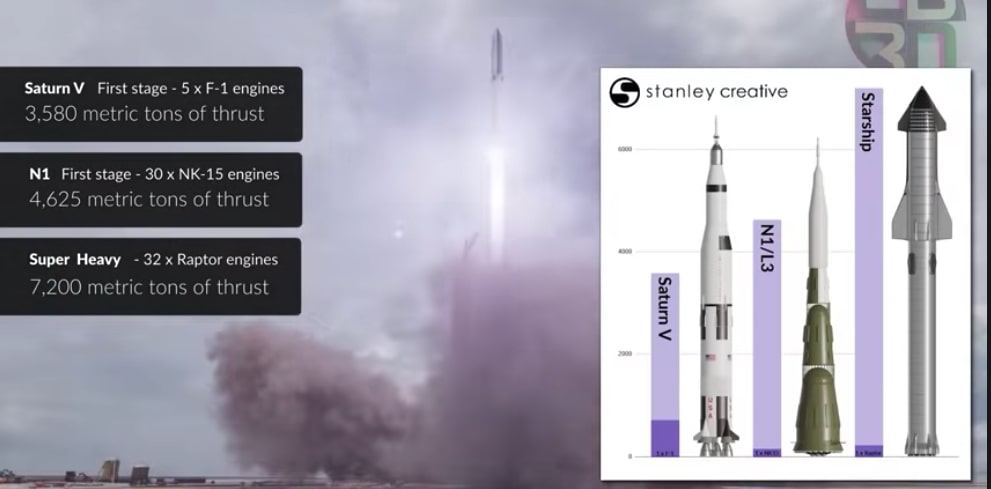An insider’s perspective on migration of Teradata Data warehouse and Netezza to a novel Data Architectural Framework

Since the last decade, the major focus of attention was Hadoop. It was believed that the syncretic combination of Hadoop and cloud services could overpower Netezza and Teradata in the long run. When some of the companies started the Teradata and Netezza migration, it created a snowball effect and the consequences that followed became a subject matter of research. The companies who successfully made this migration claim great benefits that have sparked off new dawn in their analytics capabilities. For instance, the processing and computational time involved in analytics have been drastically reduced. As per the traditional means, analytics proved to be a time-consuming process for companies. However, the migration has positively impacted the lifecycle of analytics and has reduced the analytics time from 50 hours to 50 minutes in most cases. That said, even the prospective benefits of migration have lured only about 66 percent of the companies as per a Gartner report.
The hurdles for a mass migration
There are many hurdles that have stopped the successful mass migration of some of the major technological giants from erstwhile data warehouse applications like Netezza. One of the most prominent reasons that acted against Netezza migration was the deployment complexity of the novel data platforms. The framework of the modern distributed data platforms proved to be a herculean and strenuous task for various data engineers who had been a customer to traditional warehouses.
The sudden demise of Netezza
When a sunset clause pertaining to Netezza was made public, it actually ended the dilemma for a large number of companies. The companies which were reluctant to switch over from Netezza were forced to do so now. The question that arises here is the reason behind the announcement of Netezza closure. The answer lies in the urge behind the adoption of new and latest technologies which are more powerful and efficient than the traditional ones. New and latest platforms like Sailfish from IBM are promising added advantages and features that were neither available in Teradata nor in Netezza.
Netezza migration: Steps of a switchover
To put first things first, the task of migration from your comfort zone to a novel architectural framework is not easy. However, it is not a tedious task as well. Drafting the workflow logic in a brand new ecosystem requires a team of professionals who are specialized in both the old and the new platforms. The next step in the process is the sequential transfer of data from the old to the new system while maintaining data synchronization. Optimization of former logic becomes necessary during migration to the nouveau platform. The final step involves invoking a code of lucidity to the entire framework so that even an amateur can run it with utmost ease and confidence.
Drafting the workflow logic
The first step of drafting the workflow logic is relatively simple. This means that the option of manually working out the logic is kept open in addition to the automation process that is also available. In the automated environment, the process of drafting a workflow logic works by simple drag and drop tools through snowflake training.
Channelising data migration
After drafting the workflow logic, the next step is to channelize data from the old warehouse onto the new platform. This requires sucking out the data from the erstwhile database at great velocity. Soon after, the process of data migration is continued to the point at which the switch over is complete. Problems that one may encounter after immediate data migration are handling woes pertaining to data capture and data discovery.
The optimization strategy
The mainstay of the optimization strategy is the handling of semantic gaps and syntax conversion after the process of data migration is complete. The optimization strategy keeps a track of data lineage which helps in logic implementing boosting performance. As such, this step is critical for transformational logic without which the migration would become cumbersome.
The management of production processes
Management of workloads in the process of production is what concludes the migration from Teradata and Netezza to other platforms. While the older platforms were equipped with handy tools for managing the process of production, the newer platforms leave this task to the discretion of the user.
In conclusion
Though the process of Teradata and Netezza migration has both pros and cons but the demand of time and technology suggests undeterred and quick migration.




